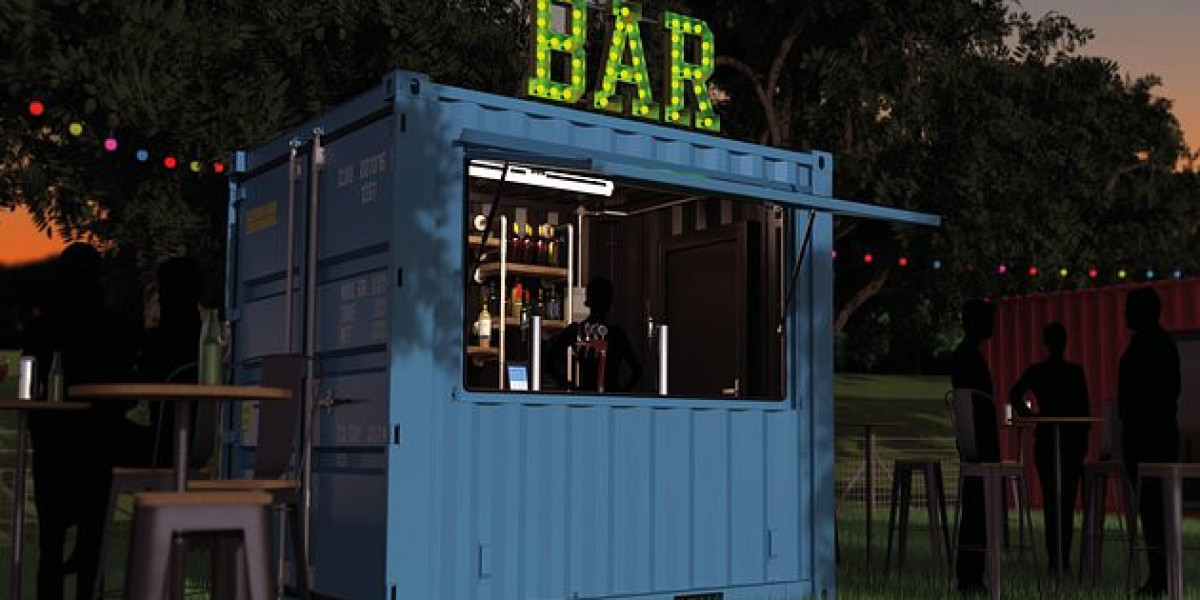
Shipping containers, often referred to as intermodal containers, are the backbone of global trade. These robust, standardized units are designed to efficiently transport goods by sea, rail, and road. Their invention has revolutionized the logistics industry, making international trade faster, more reliable, and cost-effective. This article delves into the history, types, uses, and environmental impact of shipping containers, providing a comprehensive overview of their significance in the modern world.
A Brief History of Shipping Containers
The concept of standardized shipping containers dates back to the mid-20th century. Prior to their invention, cargo was loaded and unloaded manually, a process that was time-consuming and prone to damage. In 1956, American entrepreneur Malcolm McLean revolutionized the industry by introducing the first standardized shipping container. His innovation, known as the "box," was a simple yet game-changing idea that allowed for the seamless transfer of goods between different modes of transportation.
The International Organization for Standardization (ISO) later established global standards for shipping containers, ensuring uniformity in size, strength, and durability. Today, there are over 20 million shipping containers in use worldwide, facilitating the movement of billions of dollars' worth of goods annually.
Types of Shipping Containers
Shipping containers come in various sizes and types, each designed to meet specific transportation needs. The most common types include:
- Dry Van Containers: These are the most common type, used for general cargo. They are fully enclosed and can be loaded from the front or top.
- Refrigerated Containers: Also known as "reefers," these containers are equipped with temperature control systems to transport perishable goods such as fruits, vegetables, and pharmaceuticals.
- Flat Rack Containers: These are open-sided and open-top containers, ideal for oversized and heavy cargo such as machinery and vehicles.
- Open Top Containers: Similar to flat racks, these containers have a removable top, making them suitable for goods that need to be loaded from above.
- Tank Containers: Designed for the transportation of liquids and gases, these containers are made of stainless steel and are highly durable.
- Insulated Containers: These containers are designed to keep goods at a consistent temperature, often used for sensitive items like electronics and pharmaceuticals.
Uses of Shipping Containers
Shipping containers are not just limited to the transportation of goods. Their versatility has led to a wide range of innovative uses:
- Housing: Repurposed shipping containers are being used to build affordable and sustainable housing. These modular units can be stacked and modified to create homes, offices, and even entire communities.
- Retail Spaces: Many businesses are using shipping containers as pop-up shops, kiosks, and temporary retail spaces. Their mobility and cost-effectiveness make them an attractive option.
- Storage Solutions: Containers are commonly used for storage, both in commercial and residential settings. They provide secure and weather-resistant storage for a variety of items.
- Disaster Relief: In times of natural disasters, shipping containers can be quickly converted into emergency shelters, medical facilities, and supply distribution centers.
- Art and Design: Artists and designers are using shipping containers as canvases for creative projects, from street art installations to unique architectural designs.
Environmental Impact
While shipping containers have revolutionized the logistics industry, their environmental impact is a growing concern. The production and disposal of containers contribute to carbon emissions and waste. However, efforts are being made to mitigate these effects:
- Recycling and Repurposing: Many old containers are being repurposed for various uses, reducing the need for new production and minimizing waste.
- Sustainable Practices: Shipping companies are adopting more sustainable practices, such as using biofuels and optimizing routes to reduce emissions.
- Green Container Design: New container designs are being developed with sustainability in mind, incorporating materials and technologies that reduce environmental impact.
FAQs
Q: What are the standard sizes of shipping containers?A: The most common standard sizes are 20-foot and 40-foot containers. However, there are also 10-foot, 30-foot, and 45-foot containers available for Www.Cogcontainersltd.Com specialized needs.
Q: How long do shipping containers last?A: With proper maintenance, shipping containers can last up to 25 years or more. However, their lifespan can vary depending on usage, environmental conditions, and the quality of materials.
Q: Are shipping containers weatherproof?A: Yes, shipping containers are designed to be weatherproof and can withstand harsh conditions, including extreme temperatures, rain, and saltwater exposure.
Q: Can shipping containers be modified for residential use?A: Yes, shipping containers can be modified for residential use. They can be insulated, fitted with windows and doors, and connected to utilities to create comfortable living spaces.
Q: What is the cost of a shipping container?A: The cost of a shipping container varies depending on size, condition, and location. New 20-foot containers typically cost around £3,000 to £4,000, while used containers can be purchased for as low as £1,500.
Shipping containers have transformed the global trade landscape, making it possible to transport goods efficiently and cost-effectively across the world. Their versatility extends beyond logistics, with numerous innovative applications in housing, retail, and disaster relief. As the industry continues to evolve, efforts to reduce their environmental impact are crucial. Whether used for transportation or repurposed for creative projects, shipping containers remain a vital component of the modern economy.









